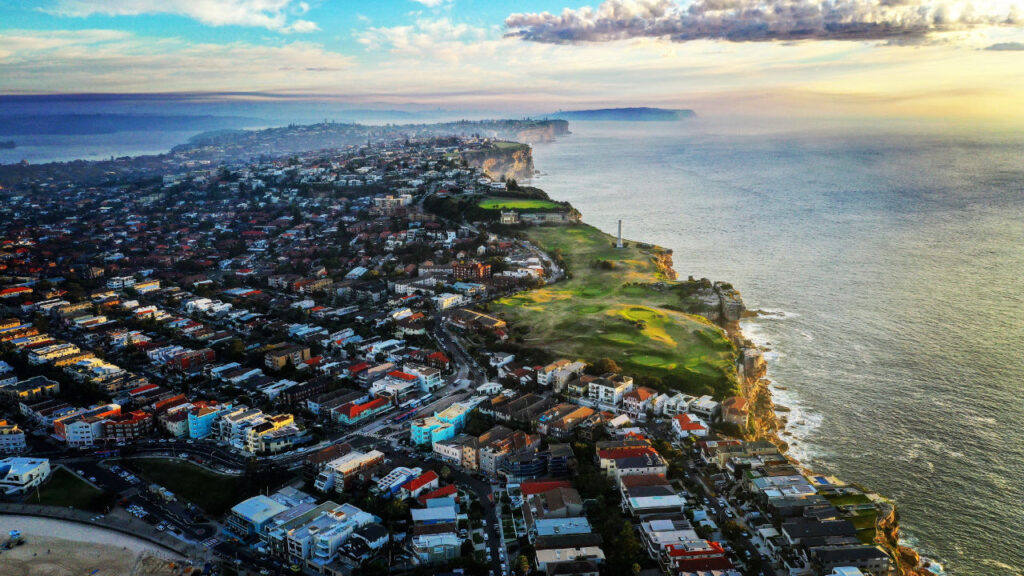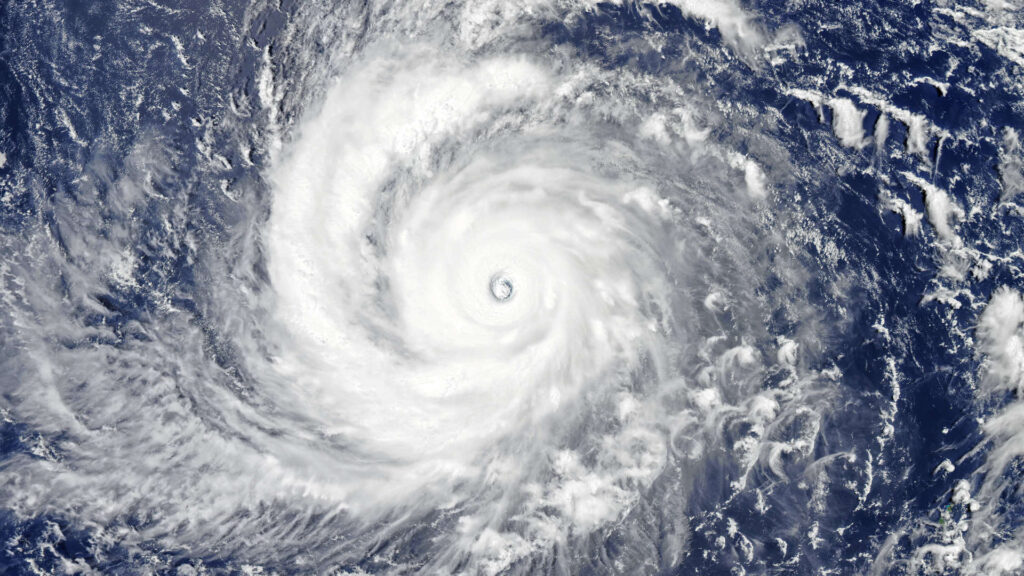Rising rents, eight interest rate hikes, surging living costs and natural disasters inflamed what was already among world’s least affordable rental markets Australian prime minister Anthony Albanese has announced.
Belinda has applied for more than 100 rental homes in the past year and been rejected every time.
The 39-year-old Australian single mother of four now lives in a temporary shelter in Campbelltown, southwest of Sydney, and has six months to find a home that costs under 500 Australian dollars a week, or risk ending up sleeping rough.
“I don’t know where I’m supposed to go after that. I have got a house full of furniture that I don’t really want to get rid of. I don’t really want to get rid of my cat or my puppy,” says Belinda. “It is a bit scary to tell you the truth.”
Relentlessly rising rents, eight consecutive interest rate hikes, surging living costs and devastating natural disasters in the past few years have inflamed what was already among the world’s least affordable rental markets.




